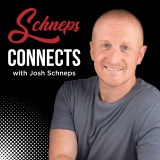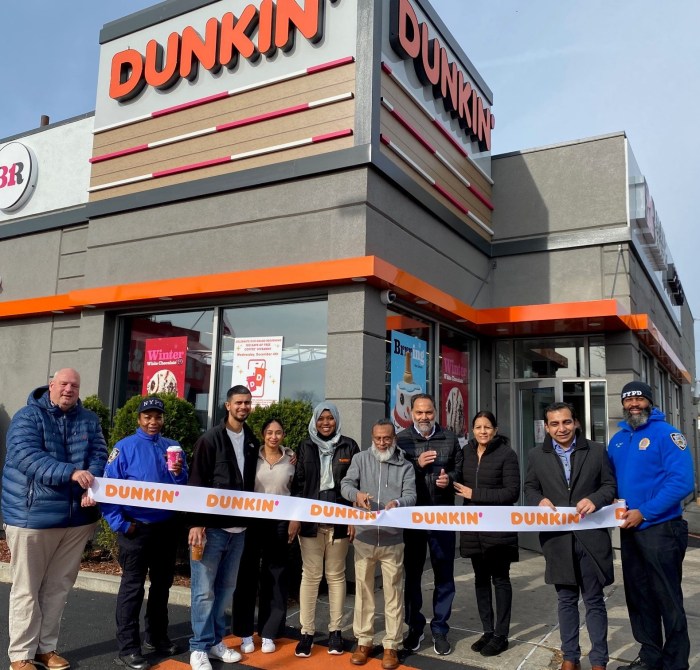Within every neighborhood, there is often a unique attribute that captures the essence of the region. In the diverse community of Richmond Hill, a classic residential area is balanced with a burgeoning business district. The grand Victorian houses however distinguish Richmond Hill from any other locality in Queens.
Situated in south-central Queens, Richmond Hill is located between Forest Park, Kew Gardens, and Jamaica. The area was developed in the late 1800's by Manhattan lawyer, Albon Man, who was trying to avoid the densely populated boroughs of Manhattan and Brooklyn.
Man and architect Edward Richmond had full control in developing the area. Man envisioned a community with a forest-like atmosphere with lush green lawns and open front yards. The Victorian houses were not introduced to the area until 1865 to 1900.
“Forest Park is the key attraction in the neighborhood,” said Regina Santoro, an associate broker with Parkside Realty. “The park is unique in that it has horse trails, ski trails, a beautiful golf course and the oldest carousel in Queens.”
Richmond Hill was a predominantly Jewish and Irish neighborhood in its early day. Today however, it is one of the most diverse communities in Queens. While still heavily white, the number of blacks, Asians, Hispanics and West Indians are rising. Richmond Hill has the largest Sikh population in New York.
There are a variety of options available to commuters. The Long Island Rail Road closed its Richmond Hill station in 1995; however, access to the train is available at Kew Gardens. For those traveling into Manhattan, the J and Z trains stop at 111th Street. During rush hour, the J express train can deliver straphangers to Delancey Street in about 30 minutes. It is also close to both major airports.
“Richmond Hill is a very green and rural community,” said Nancy Cataldi, president of the Richmond Hill Historical Society. “It's like a step back in time,” she said. Aside from the Victorian houses, smaller single and multifamily homes are now built in the area. A home with two-and-a-half baths, close to Forest Park, will run from $500,000 to $700,000. “We are seeing a lot of people moving out of Manhattan and coming into Queens,” Santoro said. “They love the large properties, convenient transportation, and good schools in the community,” she said.
There are six public schools in the area. The lone middle school however is America's School of Heroes in Ozone Park. Richmond Hill High School, located on 114th Street, is also the lone high school. However, many students choose to attend the more competitive Archbishop Molloy High School in Kew Gardens. Catholic schools are becoming popular in Richmond Hill. Holy Child Jesus School, St. Benedict Joseph Labre and Our Lady of the Cenacle are the most popular.



































